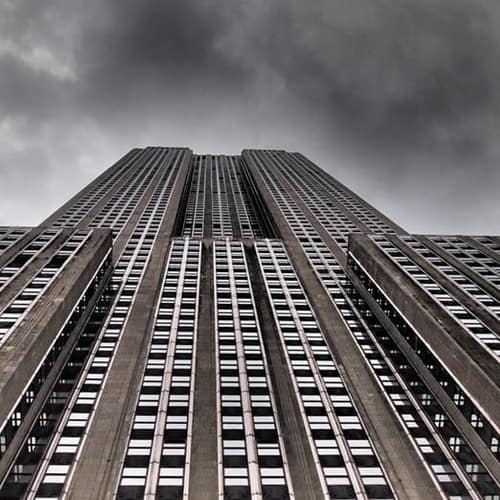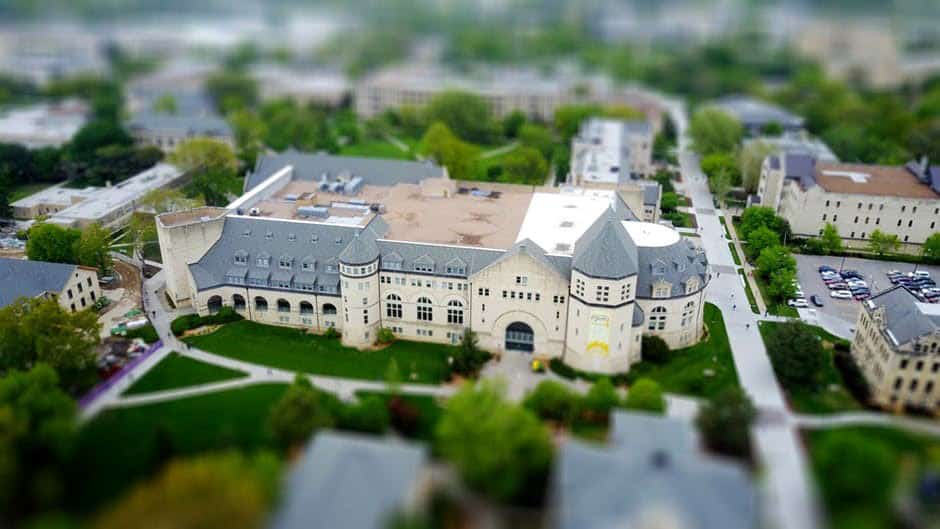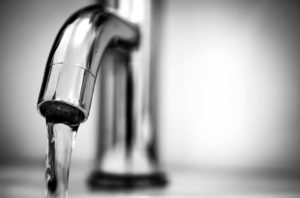Water leakage is exceedingly detrimental to the structure of multi-storey buildings water leakage. Water could enter the building through different points – from damp construction materials during the construction stage, through roof leakage, basements, air conditioners, wet areas and leaking installations for example windows or doors. Water leakage in multi-storey buildings initiates corrosion problems in private residential and commercial multi-storey buildings water leakage along with a serious threat to hygiene. Water leakages in such buildings due to poor maintenance and building defects could eventually lead to growth of harmful moulds that could cause health and safety issues for its occupants. Moisture within the buildings can have destructive effects both structurally and on the health of inhabitants. Water leaks is one of the most common defect in buildings and the major cause of early onset of corrosion in structure and concrete wall deterioration, leading to wall cracks. Corrosion of reinforcement happens in the presence of water, oxygen and corrosive agents such as chlorides and carbon dioxide. Leaking water in reinforced concrete acts as a perfect electrolyte that is one of the basic elements for corrosion to occur. Water leakages in buildings result mainly due to inadequate structural design, inferior and poor materials, poor workmanship and deterioration of building materials.
A leak in the ceiling?
Ceiling leaks from bathrooms of the upper floors is the last thing one would like to experience, but regretfully common in households. The water leak makes its way across the ceiling causing dampness patches that forms as yellow patches and in some dire cases start to drip steadily and cause a hole in the ceiling. One of the main reasons of leakages in bathrooms, toilets and other wet areas is due to the failure of waterproofing system. The installations in wet areas should allow prompt detection of leaking water and easy access of its vulnerable parts. Bathroom ceiling leaks would prompt the owner of the household to engage water leakage service repair, for waterproofing solutions. dirty process that can be invasive.
Roofs, being exposed to the weather makes them more vulnerable to deterioration. Rooftops suffers from water leakage similar to ceilings. Such leakages not only damages the structures but may pose a great threat of injury. Symptoms such as water drippings, damp patches, paint peeling-off, rust stains on the ceiling of the top floors indicate that the roof waterproofing system is facing water leakage issues. Due to lack of awareness, most of the times, the ceiling is covered up with normal plaster and repainted to assume its original colour, but it does not address the actual cause of the leak. Consistent leaks from top of roofs and wet areas of the upper levels can cause corrosion of the reinforced concrete causing concrete spalling, which in the long run can cause an architectural structure collapse.
Water seepage and moist related defects is largely caused by rainfall. Roof leakages in the buildings lead to seepage to the units below causing discomfort and inconvenience to the occupants and frequent disputes between the landlord and the tenant in regard to the liability for waterproofing solutions. The financial implication and psychological potential repercussions of roof leaks, bring a level of stress that can put the occupant on a troubled duration of tenancy without knowing where it will take them next. It is thus why a reliable multi-storey building water leakage service repair should be consulted to prevent reoccurring cases of leakage under concrete ceiling or floor. The design and choice of material for roof parapet wall is critical to avoid waterproofing membrane failures on the roof tiles or the roof slabs.





